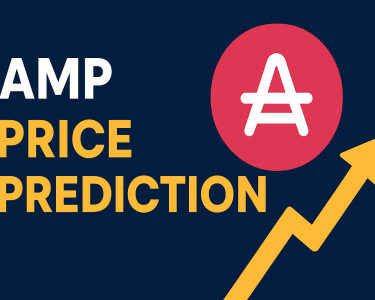Small banks are facing big problems today. Despite the fact that they have a relatively small share of the financial market, they are still subject to a large number of regulations and compliance requirements. What’s more, their funding is increasingly risky in comparison to bigger banks and lending practices are becoming more liberal. In this blog post, we will explore how these issues may impact your money and what steps you can take to protect your finances. From understanding the banking system to being aware of the risks associated with small banks to considering alternative options, read on to learn more about making sure your hard-earned money is safe.
Small banks are having big problems
Since the 2008 financial crisis, small banks have been struggling to stay afloat. In fact, nearly 1,000 small banks have failed since then. And while the number of failures has slowed in recent years, the problems that plague small banks are far from over.
One of the biggest issues facing small banks is their reliance on riskier funding sources. During the financial crisis, many small banks were hit hard by the collapse of the subprime mortgage market. As a result, many small banks have turned to alternative funding sources, such as high-yield bonds and private equity investments.
While these alternative funding sources can provide a much-needed influx of cash, they also come with a higher degree of risk. If interest rates rise or the economy weakens, these risky funding sources could dry up quickly, leaving small banks in a difficult position.
In addition to their reliance on riskier funding sources, small banks are also lending more money than ever before. According to data from the FDIC, loans at small banks increased by 9% in 2016. This sharp increase in lending is likely due in part to the competitive pressure that small banks are facing from larger institutions.
As larger banks have become more cautious about lending money since the financial crisis, small banks have stepped in to fill the void. However, this increase in lending activity could put small banks at greater risk if loan defaults begin to rise.
The combination of these factors – riskier funding sources and
How riskier funding and more lending could impact your money
The banking industry is in the midst of a major shift. For years, big banks have been getting bigger while small banks have been consolidating or disappearing. But now, small banks are starting to make a comeback.
This is good news for consumers and businesses who want more options and personalized service from their bank. But it also comes with some risks.
One of the biggest risks is that small banks are more likely to take on risky funding sources and engage in more risky lending practices than their larger counterparts. This can lead to higher interest rates, fees, and charges for consumers and businesses.
Another risk is that small banks are less likely to have the resources to weather economic downturns or financial crises. This could lead to more bank failures and bailouts, as we saw during the Great Recession.
So what does this mean for you? If you’re thinking about switching to a small bank, or if your current bank is getting smaller, it’s important to be aware of these risks. Doing your homework and being an informed customer will help you avoid any unpleasant surprises down the road.
What you can do to protect your money
As a customer of a small bank, you may not be aware of the heightened risk that your bank is facing. In order to protect your money, it is important to understand how small banks are funded and how this affects their lending practices.
Small banks rely heavily on deposits from customers to fund their operations. In order to attract deposits, small banks often offer higher interest rates than larger banks. This can result in a funding mismatch where the bank is paying out more in interest than it is earning in revenue.
To offset this funding mismatch, small banks typically engage in more risky lending practices. This means that they are more likely to make loans that are not fully secured by collateral. As a result, if the borrower defaults on the loan, the bank could suffer significant losses.
If you are concerned about the safety of your money, there are several things you can do to protect yourself:
• Shop around for the best interest rates and terms before depositing your money into a bank account.
• Review your account statements regularly to monitor your balance and spot any suspicious activity.
• Keep only what you need in a checking or savings account at a small bank. Consider transferring excess funds to an account at a larger financial institution.
• Diversify your savings by investing in different types of accounts, such as certificates of deposit (CDs) or money market accounts.
Conclusion
Small banks are in the spotlight for their risky practices, and it is important to understand what impact this could have on your finances. Smaller banks can provide more extensive access to capital and a greater variety of services than traditional lenders, but they also come with increased risk and an increased chance of fraud or mismanagement. When considering a small bank as an option for funding or lending, be sure to do your research so that you know all the risks involved before making any decisions.




